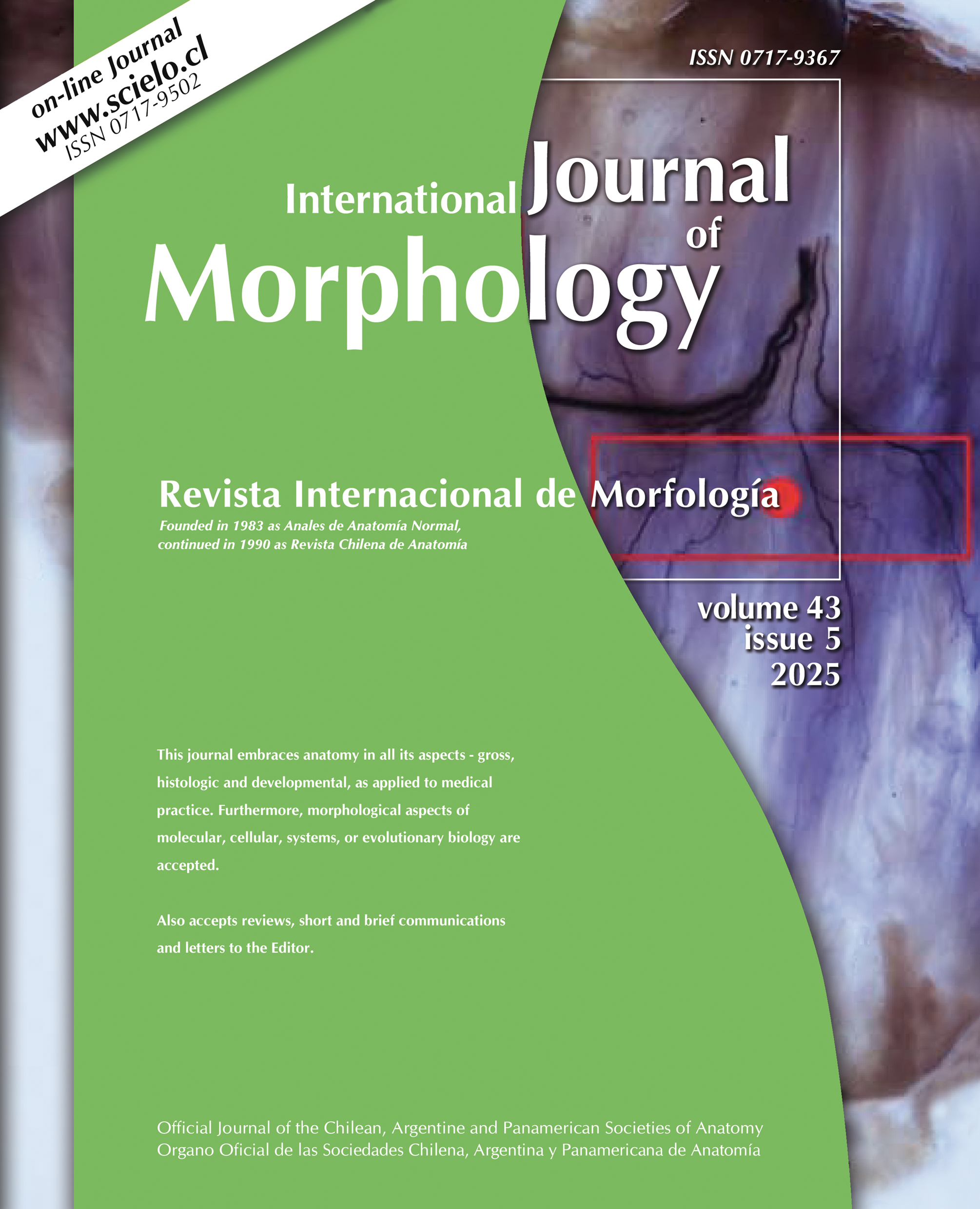Sex Determination by Using Discriminant Function Analyses from the Northeastern-Thai Occipital Bones
DOI :
Thewarid Berkban; Sitthichai Iamsaard; Natthapol Lapyuneyong; Pornpimol Tasu; Chanasorn Poodendaen; Kaemisa Srisen; Worrawit Boonthai & Suthat Duangchit
Summary
Since the facial bone remains are mostly damaged or fractured in the crime scenes, the occipital bone (OB) is a possible skull bone to be used for sex determination in forensic sciences. The high accuracy of the use of the OB for sex estimation has been reported in many populations. This recent study attempted to modify and apply the 12 parameters on OB for such determination in the Northeastern Thai skulls. Discriminant function analyses and descriptive statistics were performed. The results showed that all parameters including the hormion-basion length, bi-lower part of temporo-occipital suture breadth, bi-asterios breadth, opisthion-lambda length, fora- men magnum breadth, foramen magnum length, right-lower part of temporo-occipital suture to opisthion length, left-lower part of temporo- occipital suture to opisthion length, right-asterion to basion length, left-asterion to basion length, right-asterion to lambda length, and left- asterion to lambda length of males were significantly higher than those of females (P<0.01). Interestingly, the discriminant equation analyzed from univariable showed that the temporo-occipital suture breadth (TOB) has the highest accuracy rate (75.4 %) among 12 parameters. For multivariable analysis via stepwise method, the hormion-basion length (HBL), temporo-occipital suture breadth (TOB), and left asterion to basion length (Lt. ABL) provided the highest rate of accuracy (78.8 %). In conclusion, this study suggested that TOB, HBL, and Lt. ABL are potential parameters to be used for sex determination on dry occipital bone remains of the Northeastern Thai population.
How to cite this article
BERKBAN, T.; IAMSAARD, S.; LAPYUNEYONG, N.; TASU, P.; POODENDAEN, C.; SRISEN, K.; BOONTHAI, W. & DUANGCHIT, S. Sex determination by using discriminant function analyses from the Northeastern-Thai occipital bones. Int. J. Morphol., 42(5):1195-1199, 2024.





























